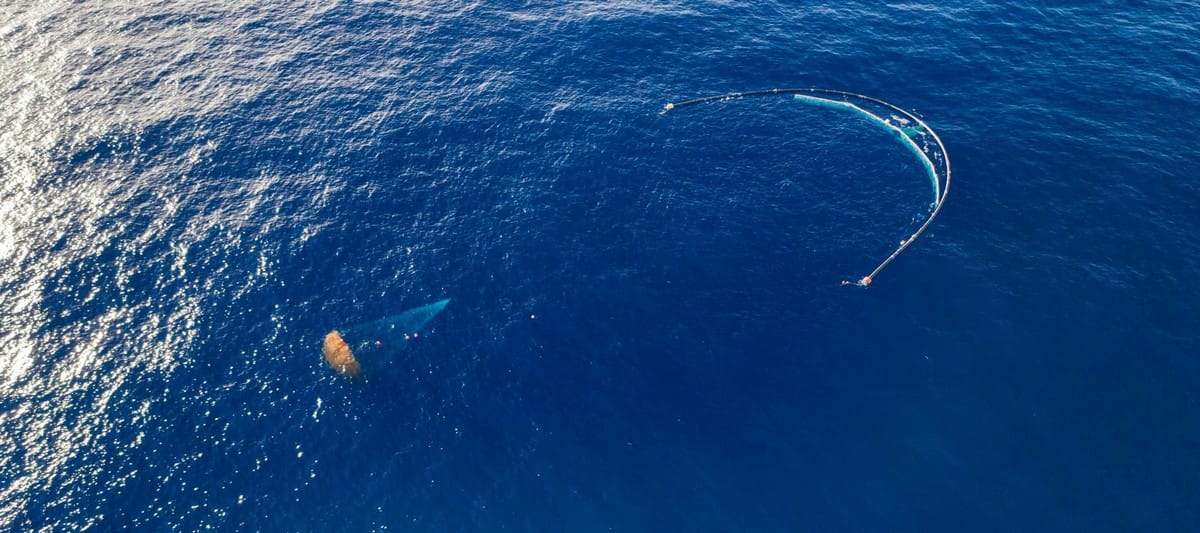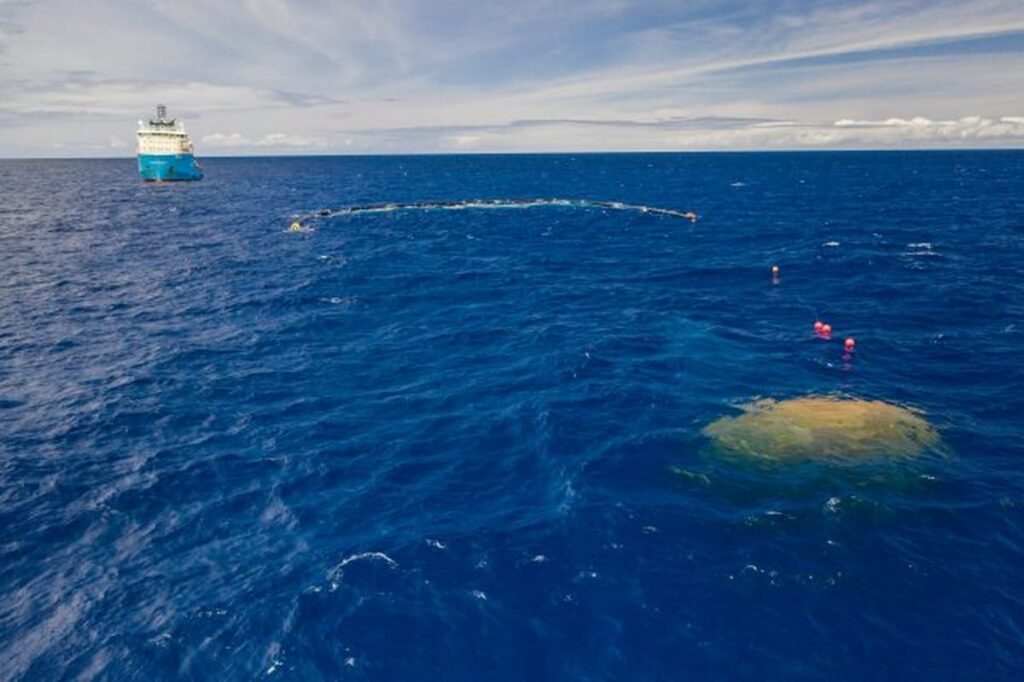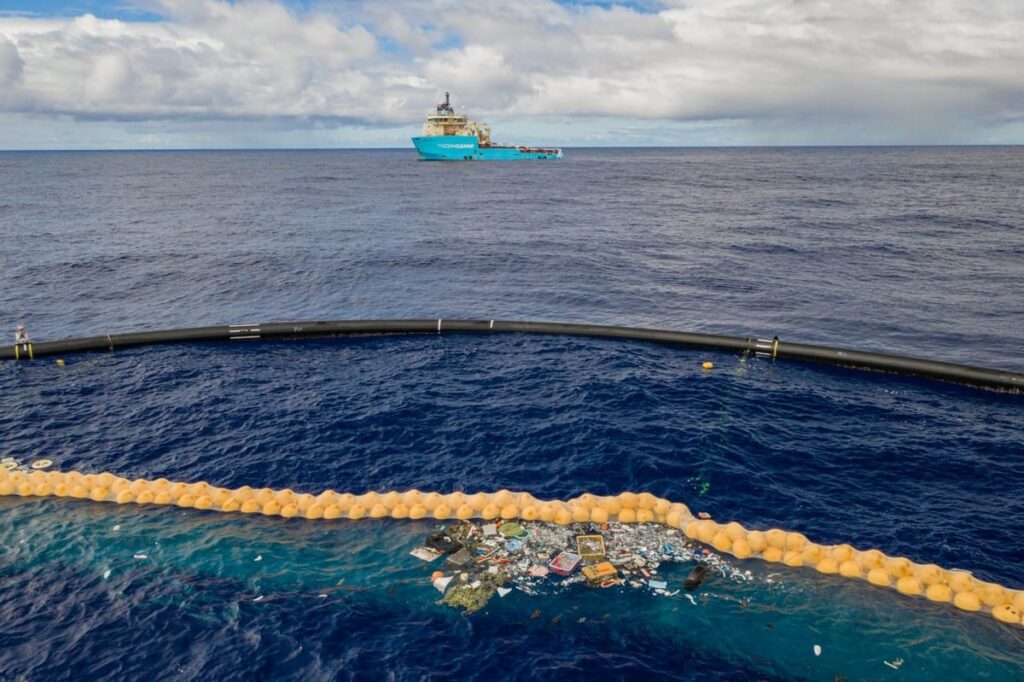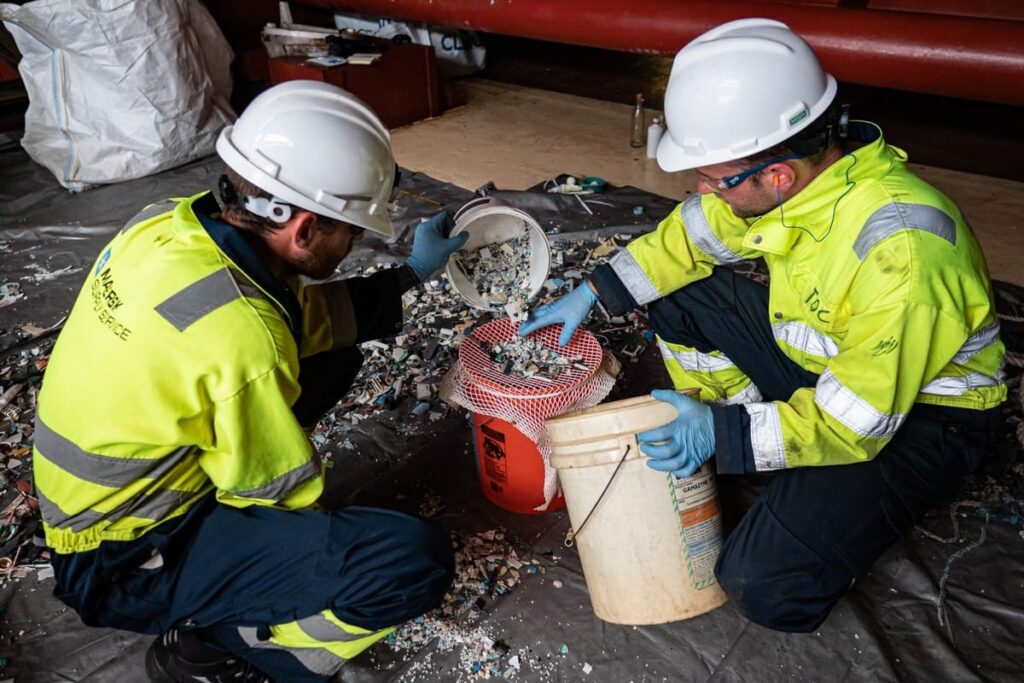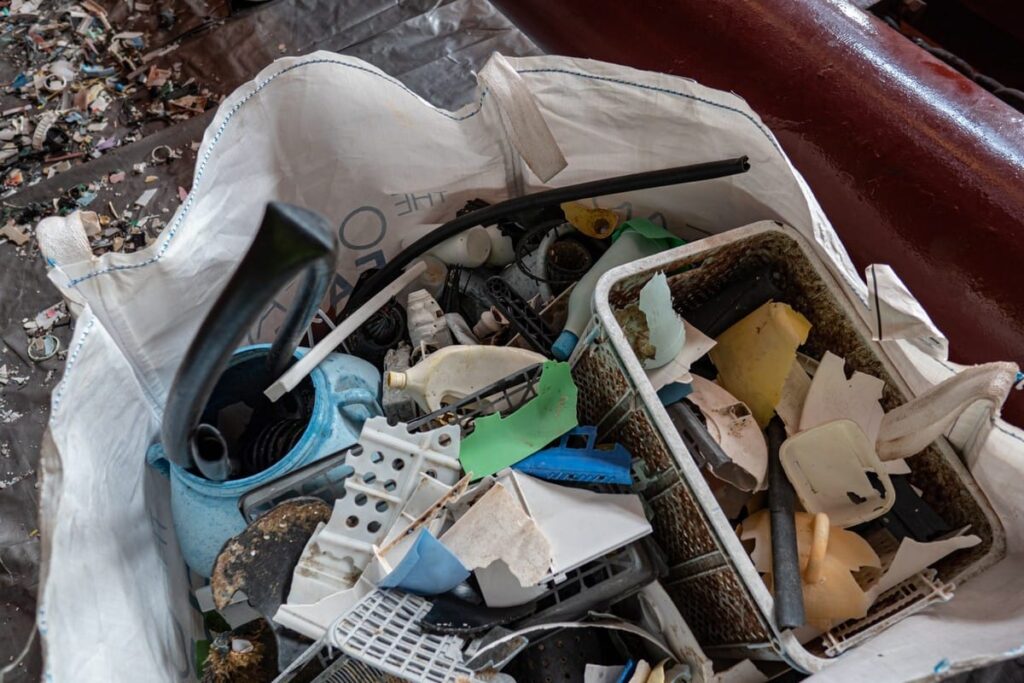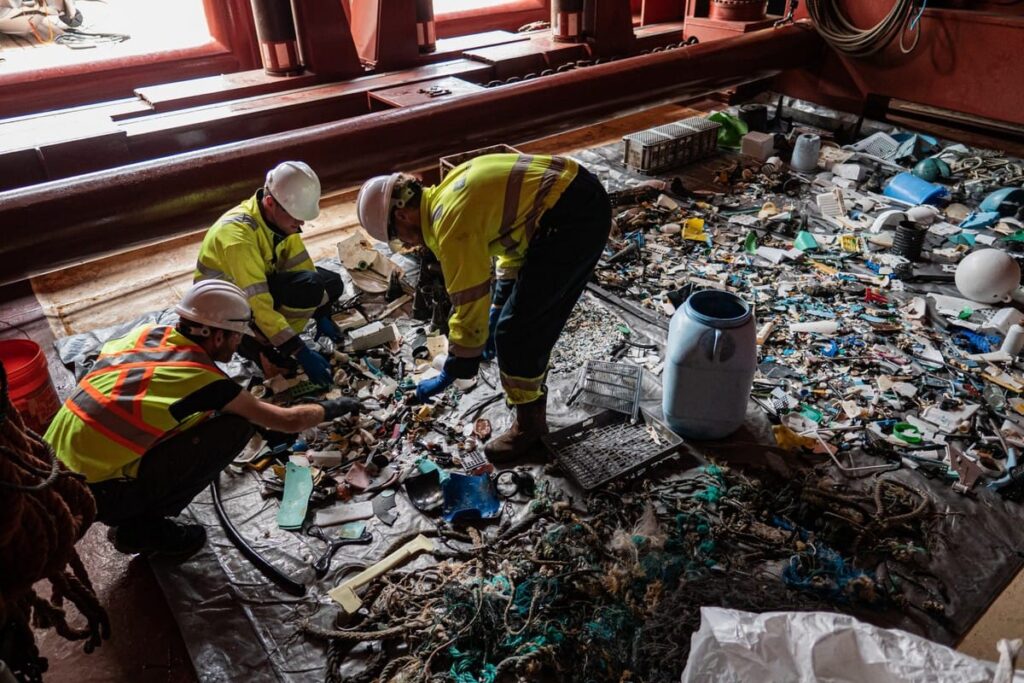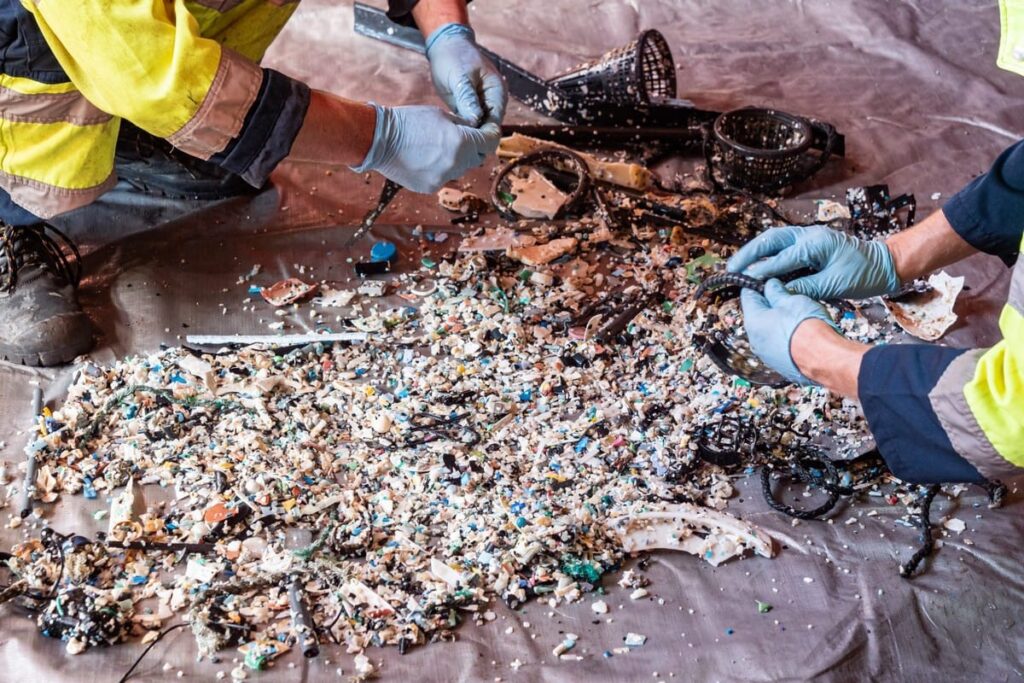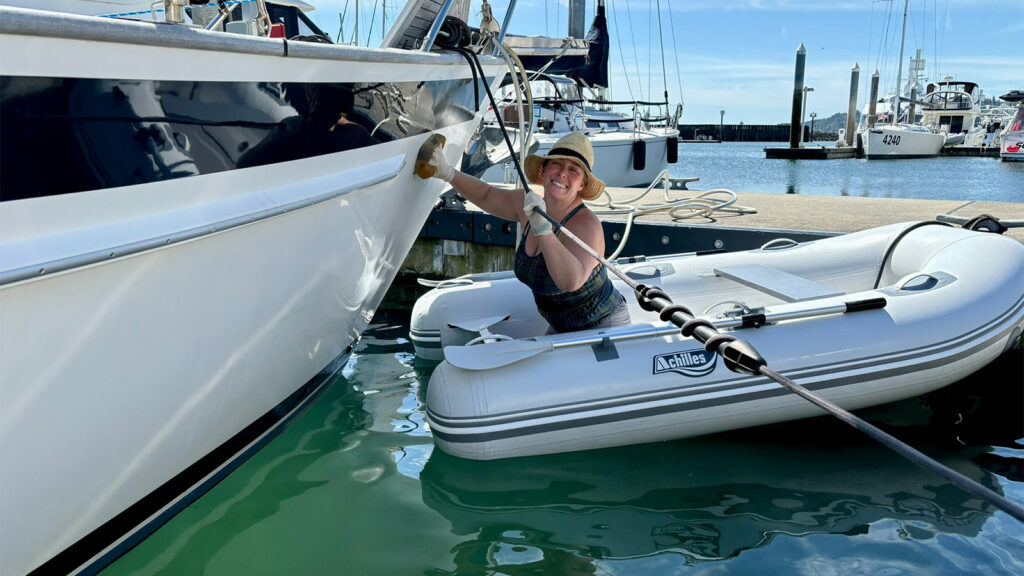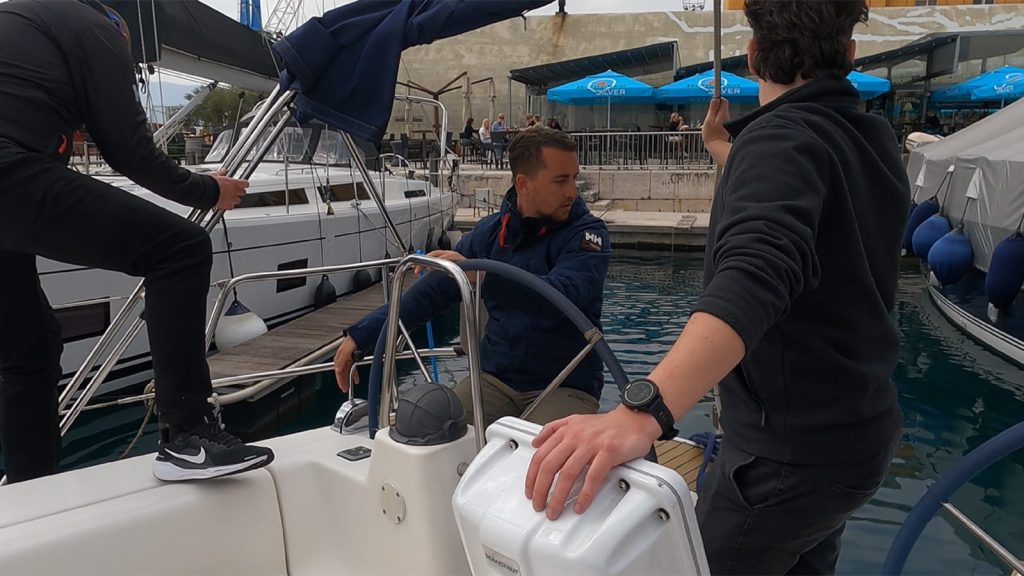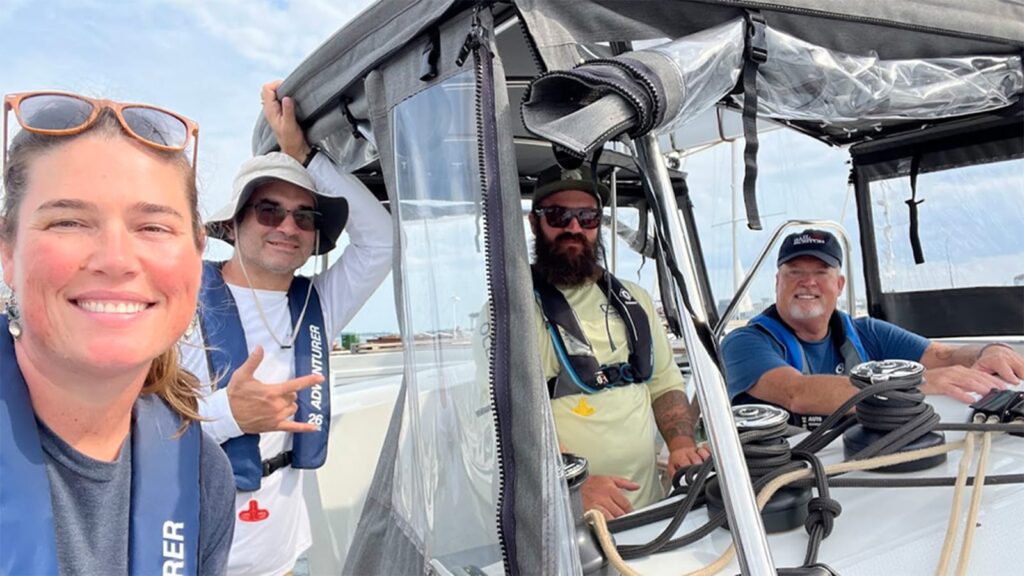Boyan Slat, Founder of The Ocean Cleanup, updated the status of his ocean clean up project with encouraging news about the progress that the organization has made to make a dent in the Great Pacific Garbage Patch.
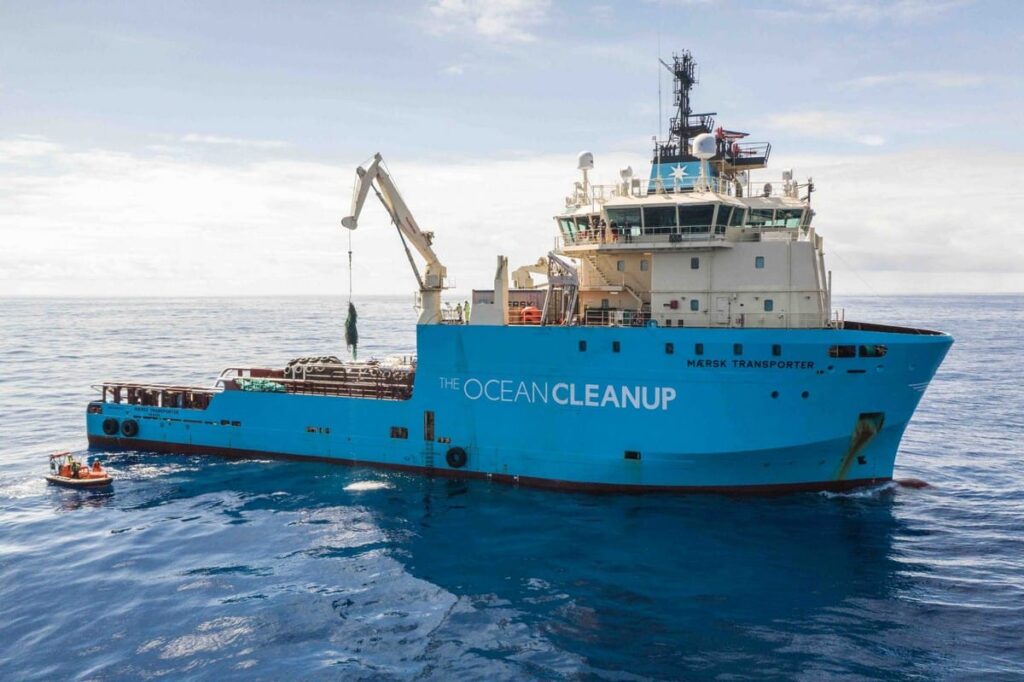
In the recent update, System 001/B has been able to successfully capture plastic of all sizes from microplastics to ghosts nets. This is encouraging news as previous attempts had uncovered flaws in the early designs of the plastic collecting mechanism that The Ocean Project had been utilizing.
“After beginning this journey seven years ago, this first year of testing in the unforgivable environment of the high seas strongly indicates that our vision is attainable and that the beginning of our mission to rid the ocean of plastic garbage, which has accumulated for decades, is within our sights,” said Boyan Slat, Founder and CEO of The Ocean Cleanup.
This improved system has succeeded in its initial tests over the last year and attained some essential benchmarks:
- It is a self-contained system that is being utilized to capture plastic in the Great Pacific Ocean Patch
- The apparatus utilizes the ocean’s natural forces to perform its function
- The system has been successful in capturing plastics of all sizes including those as small as 1mm.
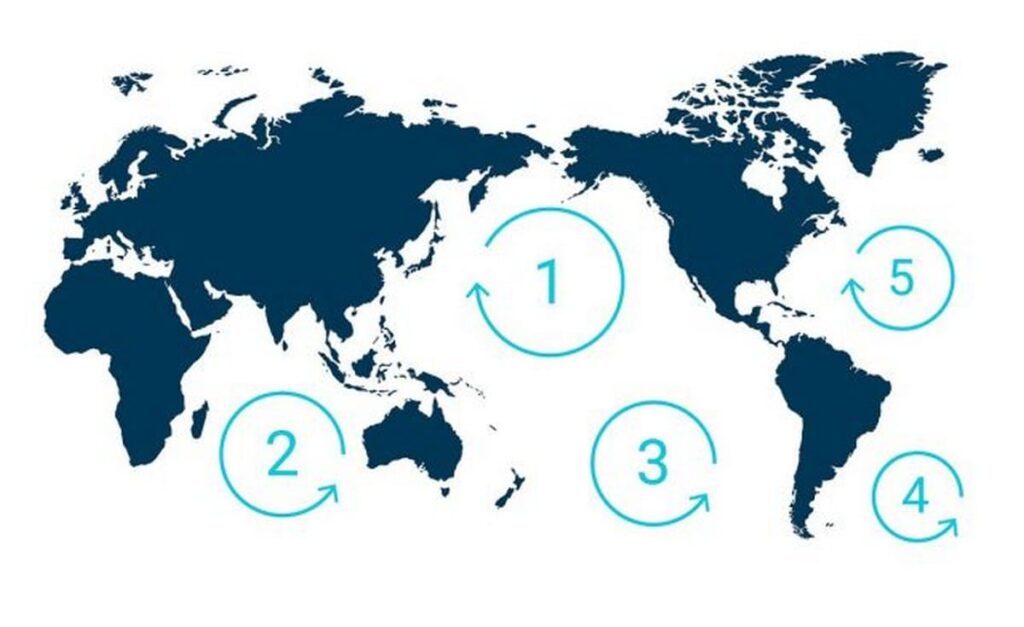
The Great Pacific Garbage Patch (GPGP) is the largest of the five offshore plastic accumulation zones in the world’s oceans. It is located halfway between Hawaii and California. Estimates put the amount of plastic in this gyre at over 1.3 trillion pieces and that would equate to over 80 tons. In an easier to digest number, the estimate suggests that there are around 250 pieces of plastic for every human on the planet in the Great Pacific Garbage patch.
How The New System Works
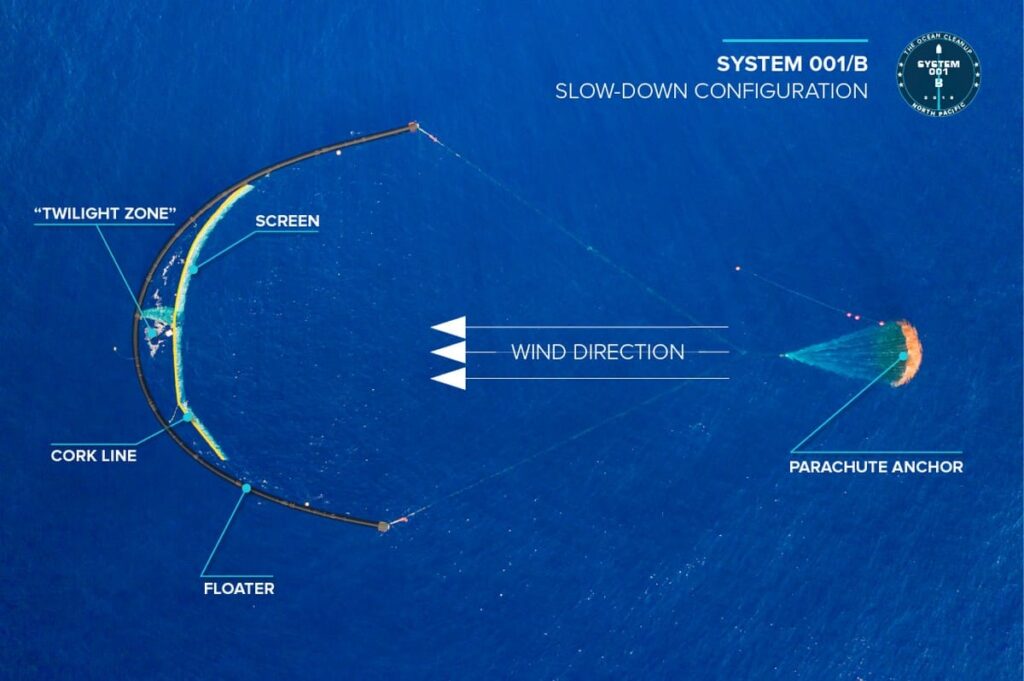
With the addition of a parachute sea anchor, the system was slowed down to correct inconsistencies with speed between the system and the plastics on the surface of the ocean. This allows for faster moving plastic debris to float into the system.
A Second Hurdle: Overtopping
In a previous version, the cork line would be overtaken by swells, thus allowing plastics to escape the plastic collection system.
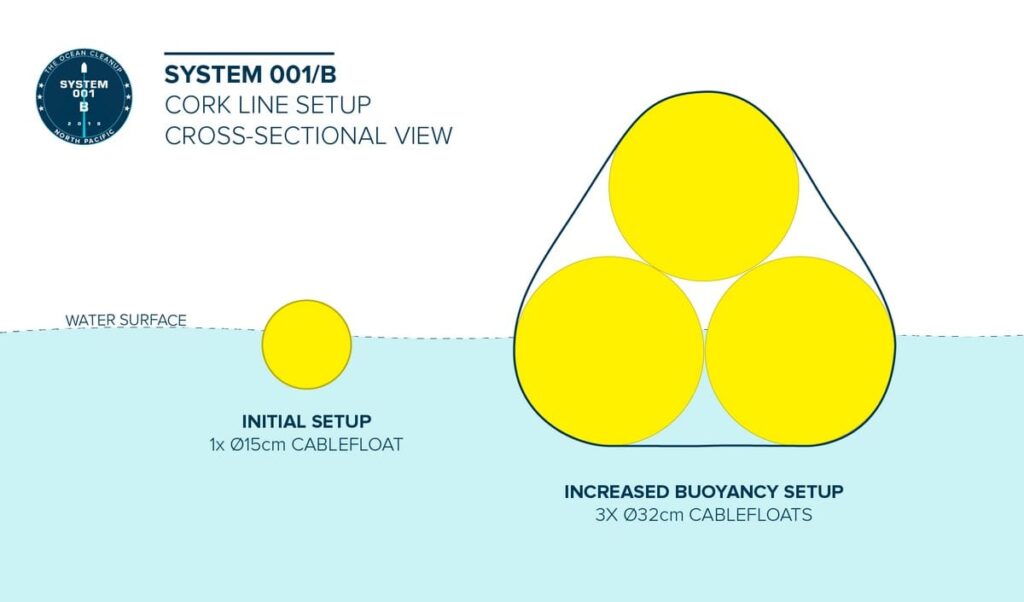
This system was modified and corrected while offshore and now minimal overtopping is being observed. This allows for the increased capturing of plastic and the concentration of more plastic from the ocean.
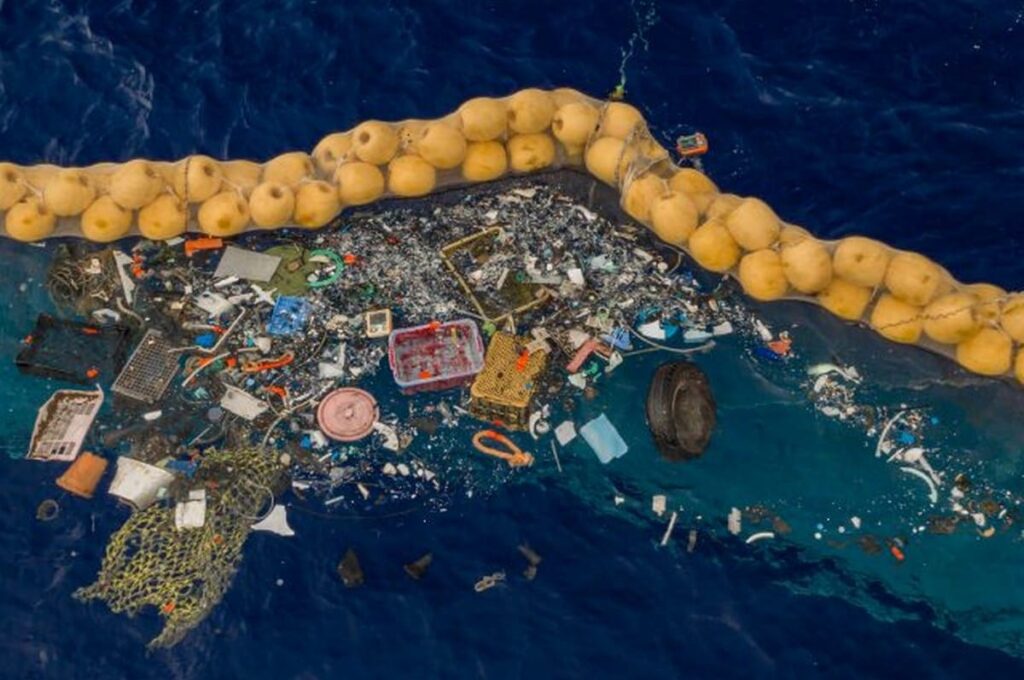
The Next Step
From this point, the next step is to build upon the new design and scale the system to allow for a successful deployment of System 002, the next generation of the Ocean Cleanup System to rid the Great Pacific Ocean Patch of plastic. The new system must be tested to ensure that is able to both endure and retain the collected plastic for longer periods of time. Once fully operational, The Ocean Cleanup will return plastic to land for recycling.

